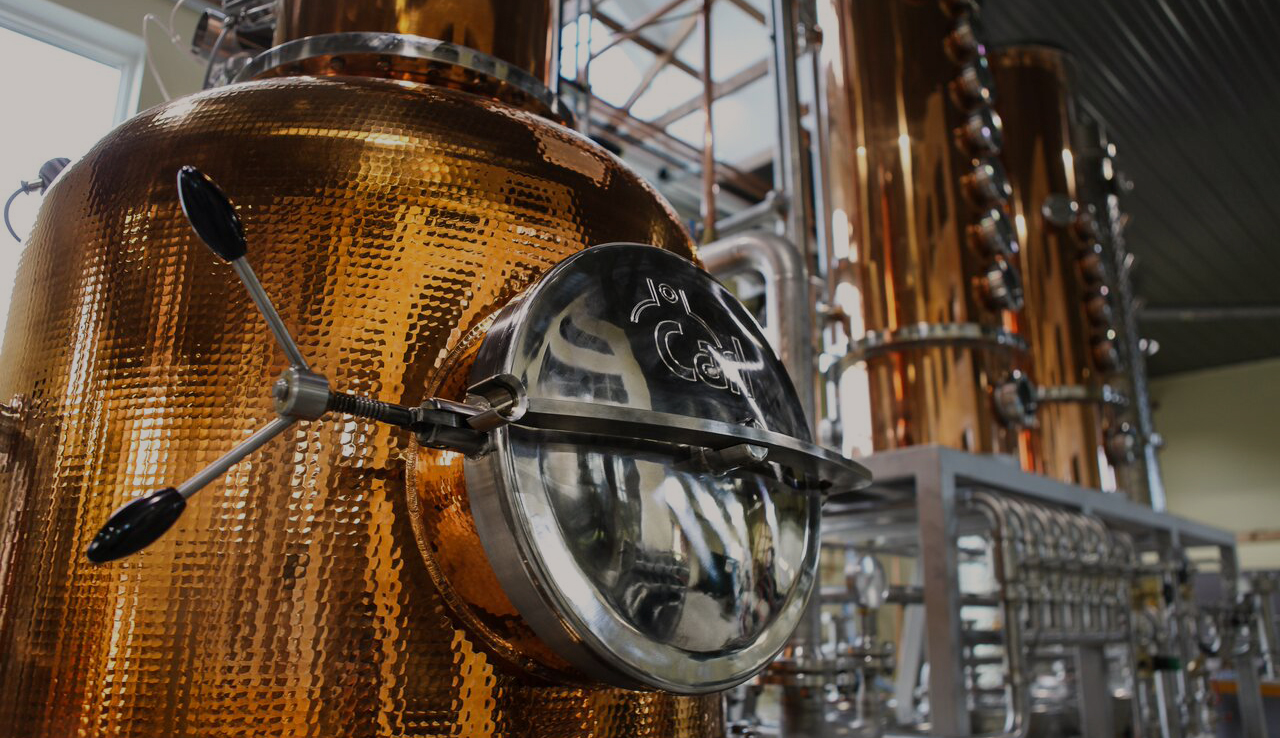The Science of Whiskey: Understanding the Distillation Process
Whiskey is a type of distilled alcoholic beverage made from fermented grain mash. The grains used in the mash can vary, but are typically barley, corn, rye, or wheat. Whiskey is known for its rich and complex flavors, which are developed through a combination of factors, including the type of grain used, the aging process, and the distillation process.
The Distillation Process
The distillation process is the process by which whiskey is made. It involves separating the alcohol from the other components of the fermented grain mash using heat and evaporation. This process is what gives whiskey its distinct flavors and characteristics.
Creating the Fermented Grain Mash
The first step in the distillation process is to create the fermented grain mash. This is done by mixing the grains with water and allowing them to ferment, typically using yeast. During the fermentation process, the yeast consumes the sugars in the grains and converts them into alcohol.
Distilling the Wash
Once the fermentation process is complete, the resulting liquid, called "wash," is ready to be distilled. The wash is placed in a large pot still, which is essentially a large pot with a long, narrow neck. The pot still is heated, causing the alcohol in the wash to evaporate.
Collecting the Low Wine
As the alcohol evaporates, it rises up the neck of the pot still and is collected in a condenser. The condenser is a cooled coil of copper tubing that causes the alcohol vapor to condense back into a liquid form. The resulting liquid is called "low wine," and it typically has an alcohol content of around 20-30%.
Distilling the Feints
The low wine is then placed in a smaller pot still for a second distillation, called the "feints" run. This process further purifies the alcohol and increases its strength. The resulting liquid, called "new make," has an alcohol content of around 60-70%.
Aging in Oak Barrels
After the new make has been distilled, it is placed in oak barrels to age. The barrels are often charred on the inside, which imparts flavors of vanilla and caramel to the whiskey as it ages. The aging process can vary greatly, with some whiskeys being aged for just a few years and others being aged for decades.
Impact of Distillation on Whiskey Flavors
In addition to the type of grain used and the aging process, the distillation process also plays a significant role in determining the flavors and characteristics of a whiskey. Different distillation techniques and equipment can result in different flavors and aromas in the final product.
Conclusion
Overall, the science of whiskey is a fascinating blend of chemistry and art. The distillation process is just one aspect of what makes whiskey such a complex and beloved beverage, and it is a testament to the skill and expertise of the distillers who create it.

Comments
Post a Comment